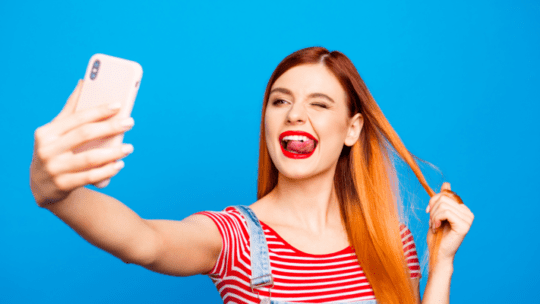
You want to get this social influencer thing down. We all do. But not everyone can get George Clooney to push their wares, like Nespresso did. Still, you've got good products and you need to get the word out. So how do you choose the ideal influencer? And more importantly, how can you tell if your choice was the right one?
“The challenge is to find the right influencer at the right price whose followers might align with the brand attributes,” says Peter Himler of Flatiron Communications in New York. “Not unexpectedly, there now exists an industry of 'talent' agencies to help brand marketers navigate the social influence landscape."
But let’s think ahead and say that you’ve found your influencer. We’ll call her Katy. She’s a presence on Instagram, Snapchat, Twitter, and even boring old Facebook. Katy is a shopping machine, and in a given day, she’s bought skin care products from your online shop, tried different shades of your sustainable, organic, no-cruelty lipstick in one of your bricks and mortar stores (in that up and coming location, next to the vegan pet food emporium and the yoga studio), and she’s now in the middle of your sponsored run for pet rescue.
This is great, you think. She’s everywhere. Or is she? You see her where she’s supposed to be. And she is genuinely using and enjoying your products. Plus, she’s touting the sustainable, vegan, kind-to-animals values that your marketing people have latched on to attract and keep those post-millennials.
Still, you’ve got a nagging voice at the back of your head (not to mention the CFO) asking you, how is Katy really doing? Are her site visits and online shopping sprees really doing your brand any good? How do you know what her ROI is? You can’t go on intuition alone. Luckily, there’s some science behind how to measure an influencer's performance. So the next time the CFO comes asking, you’ll be armed.
It’s about the sales. Let’s start with the simplest measurement. Are people buying what Katy is touting? If you see an upward trend you can be pretty sure Katy has something to do with it.
Where Katy goes, people follow. Katy already had 10,543 followers, solely based on her cool wonderfulness. You check her stats after a couple of weeks, and that number doubled. Congratulate yourself; the campaign is bringing it in.
Show of hands. Katy’s posts are getting lots of thumbs up and smileys. It looks as though that started when she signed on with you. Unless Katy has a huge family, those clicks show that people are paying attention.
We laughed, we cried, we got angry. Katy’s people aren’t just liking her posts. They’re reacting. Facebook likes that—reactions carry more weight in social media algorithms than mere likes, which just say, it’s ok and don’t require much thought or action. A lot of people hit “like” just to be polite.
What goes around comes around.Katy’s followers are going beyond the relatively passive “like” button. They’re sharing her posts. What’s more they’re adding comments and telling their friends that this is the real deal.
They’re talking about you. That’s a good thing. Really. We’re talking engagement when someone actually takes the time to comment. Get more products to market for Katy to look at and buy.
Get analytical. Finally, check out Katy’s Google Analytics demographic report. Makes sure her followers are staying in the sweet zone of the kind of people who buy your stuff.
